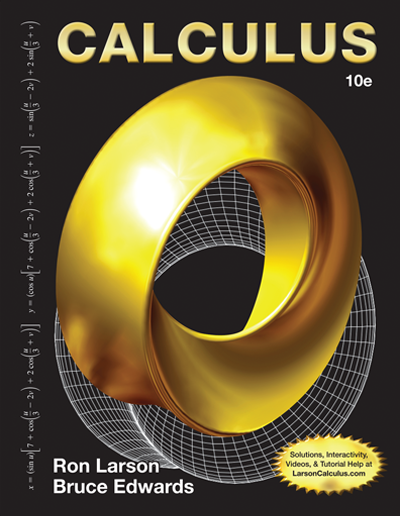Jean Le Rond D’Alembert
(1717 – 1783)
On November 17, 1717, in Paris, France, a son was born to Madame de Tencin, a former nun and the sister of a Roman Catholic cardinal, and her lover, the Chevalier Destouches–Canon, an artillery officer. Because she was afraid that she would be forced to return to the convent if her brother discovered she had been pregnant while unmarried, she abandoned the infant on the night of his birth. She left him on the steps of the chapel of St. Jean Baptiste Le Rond, where he was found by a policeman on his rounds.
The child was christened Jean Le Rond (he later added the surname D’Alembert, though why he did so is unknown), and was sent to live with foster parents, the Rousseaus. Eventually, Jean’s biological father and mother made themselves known to him; Destouches–Canon paid for his education and Madame de Tencin sought to win his affection, but the Rousseaus had D’Alembert’s love and loyalty. He lived with them for forty-seven years and supported them in their old age.
D’Alembert’s genius was apparent when he was very young. At the age of twelve, he entered the Jansenist Collège de Quatre–Nations, where he excelled in the study of rhetoric, mathematics, and the classics. His teachers sought to steer him toward the priesthood, but D’Alembert was obsessed with mathematics. He was only twenty-two years old when one of his memoirs on integral calculus attracted the attention of the Académie des Sciences; by 1754, he was the Académie’s secrétaire perpetuel and his country’s premier mathematician and natural philosopher.
D’Alembert’s wit and vivacity made him a favorite of Parisian society. His wide circle of friends included France’s leading intellectuals, most notably Voltaire. Like the majority of his fellow philosophes, D’Alembert worked during the day and spent the evening in salons—most often in the company of his longtime lover, Julie de Lespinasse.
Among D’Alembert’s contributions to science and mathematics are his memoirs on partial differential equations, especially with respect to vibrating strings; his many papers on the applications of calculus; his work as co-editor of France’s massive and well-respected Encyclopédie, ou Dictionnaire raisonné des sciences, des arts, et des métiers (for which he was condemned by the church as a secularist); and his crusade for higher mathematics in schools and colleges.
D’Alembert died in Paris at the age of sixty-five on October 29, 1783.
Links
http://www-history.mcs.st-andrews.ac.uk/Biographies/D’Alembert.html
http://www.maths.tcd.ie/pub/HistMath/People/DAlembert/RouseBall/RB_DAlembert.html
References
- Ball, W.W. Rouse. A Short Account of the History of Mathematics. 1908. Reprint. New York: Dover Publications, Inc., 1960.
- Boyer, Carl B. A History of Mathematics. 2d ed., rev. Uta C. Merzbach. New York: John Wiley & Sons, Inc., 1991.
- Eves, Howard. An Introduction to the History of Mathematics. 6th ed. Fort Worth: Saunders College Publishing, 1992.
- Gillispie, Charles Coulston, ed. Dictionary of Scientific Biography. Vol. I. New York: Charles Scribner’s Sons, 1970.
- Hollingdale, Stuart. Makers of Mathematics. London: Penguin Books, 1989.
- Smith, D.E. History of Mathematics. Vol. I. 1923. Reprint. New York: Dover Publications, Inc., 1958.











